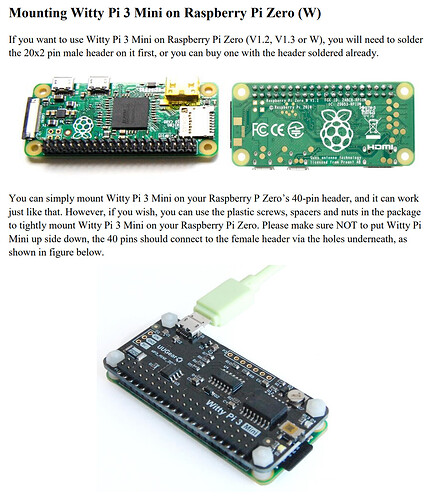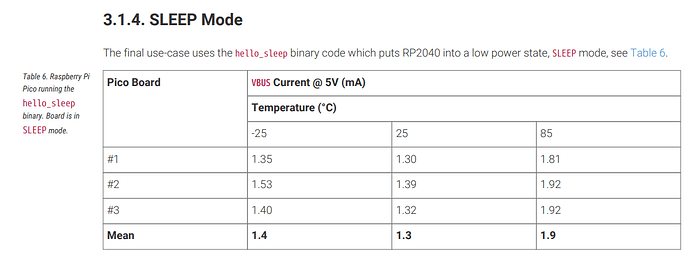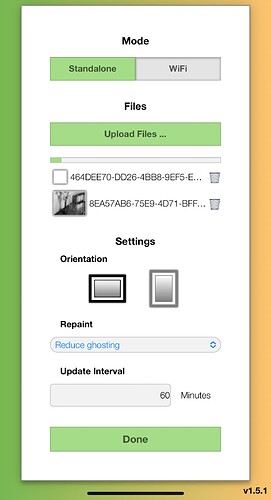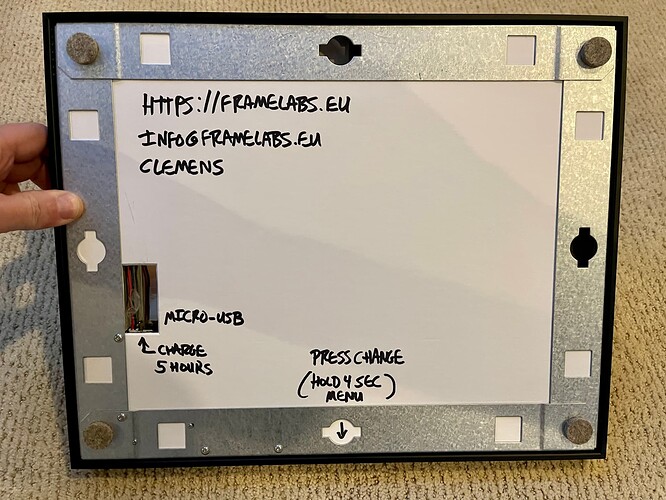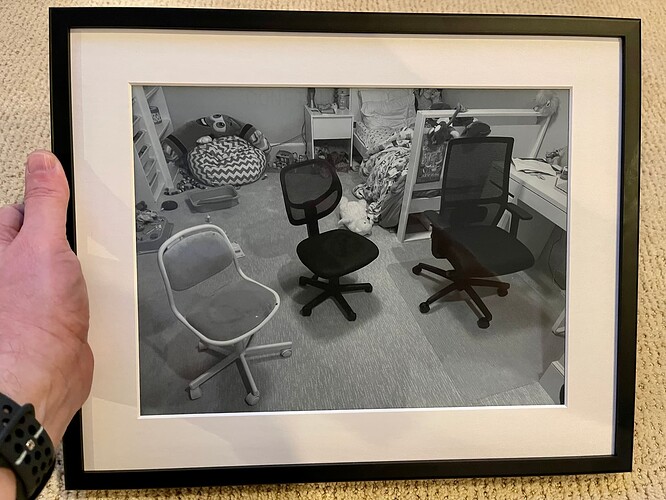Yes and the docs say you want an “always on” external battery pack:
What is dummy load?
The dummy load is a functionality that can be activated when your Pi is off. You may need this functionality when you power your Witty Pi + Raspberry Pi with power bank. When your Pi is off, the current draw by Witty Pi is very small, while most of the power banks will enter sleep mode when the load is not big enough, as a result your Witty Pi may not get powered when the scheduled startup is due.
When the dummy load is activated, Witty Pi will draw rather high pulsed current from the power bank with a fixed interval; this may fool the power bank and avoid entering the sleep mode. The dummy load is implemented on firmware level, that it gives power to your Pi for short moment with a fixed interval. Not all USB current meter can capture that pulsed current, because it only lasts very short moment.
Please notice that, dummy load is just a trick that tries to fool the power bank - not all power banks can be fooled. Some of them calculate and check the integral of current, and dummy load cannot keep them awake with pulsed current.
Choose a power bank with “always on” mode may also be an approach. The “always on” mode will prevent power bank from entering sleep mode. For example, Voltaic’s V15, V25, V50, V75 and V88 support the “always on” mode. If you are going to buy a new power bank to power your Witty Pi + Raspberry Pi, they could be considered.
The Voltaic V50 is 12800 mAh for $70 on Amazon, and has the required “always on” feature.
Let me see if my math agrees with yours…
- 1 mA per hour during standby = 24 mAh
- 100 mA while running for 10 minutes means 100 mA / 6 = 16.7 mA
- 16.7 mA three times a day is 50 mAh
24 + 50 = 74 mAh
Let’s call it 100 mAh per day just to be extra safe? (and note other sites have measured 80 mAh average idle power consumption of the Pi Zero, but we have to go through the intensive bootup and shutdown sequence each time, so I like your number better.)
So 12800 mAh / 100 = 128 days or 4.3 months?
The key really is having a super low power sleep mode. Heck even a mode that reduced power consumption from 80 mAh to something like 10 mAh would be huge – that would give 42 days of runtime on the 12800 mAh battery. I’m truly surprised there isn’t anything like this built into the Pi.
![]()
![]()

